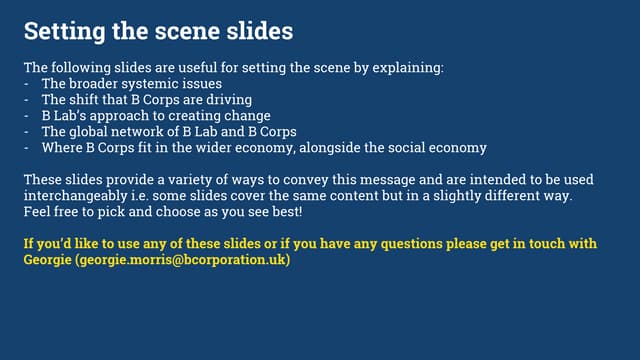Beyond Description — The Hidden Layers of Scene-Setting
1. Introduction
Crafting a scene is more than painting a picture with words. It’s about layering meaning, guiding emotions, and subtly steering the reader’s experience. While descriptions of time, place, and environment are essential, the most memorable scenes go deeper. They use symbolism, subtext, and character psychology to create resonance.
This post explores how to move beyond surface-level description and infuse your scenes with hidden depth.
2. The Layers of a Scene
Layer Definition Example Effect on the Reader
Physical Setting
The tangible environment.A cluttered attic with old letters and dusty furniture.Grounds the reader in the story’s world.
Atmosphere
The emotional tone of the setting.The attic feels
oppressive
, as if the walls are closing in.Evokes mood and foreshadows conflict.
Symbolism
Objects or details that represent more.The letters in the attic are
yellowed with age
, symbolizing forgotten secrets.Adds thematic richness.
Subtext
Unspoken tensions or meanings.Two characters argue about cleaning the attic, but they’re really discussing
unresolved grief
.Creates depth and intrigue.
Character Psychology
How the setting affects characters.A character avoids the attic because it reminds them of
a lost loved one
.Reveals motivation and internal conflict.
3. Techniques for Adding Depth
A. Symbolism: Making Details Mean More
Keywords: Metaphor, motif, thematic resonance
- Example: In The Great Gatsby, the green light at the end of Daisy’s dock symbolizes Gatsby’s unattainable dreams. It’s not just a light—it’s a visual representation of longing.
- How to Use It:Identify a central theme in your story (e.g., freedom, betrayal, hope).
- Choose an object, color, or setting detail to represent that theme.
- Weave it into your scenes subtly. Avoid over-explaining; let readers discover the meaning.
B. Subtext: What’s Not Said
Keywords: Dialogue, tension, implied meaning
- Example: In Pride and Prejudice, Mr. Darcy’s awkward silence during a ball speaks volumes about his discomfort and growing attraction to Elizabeth.
- How to Use It:Write a scene where characters avoid the real issue. What are they not saying?
- Use body language, tone of voice, and setting details to hint at underlying emotions.
- Example: A character stares out the window while discussing the weather, avoiding a difficult conversation.
C. Character Psychology: The Setting as a Mirror
Keywords: Character development, emotional triggers, backstory
- Example: In Harry Potter, the Mirage of the Mirror of Erised reveals characters’ deepest desires, tying the setting to their inner struggles.
- How to Use It:Ask: How does my character feel about this setting?
- Use the environment to trigger memories or highlight flaws.
- Example: A character who fears water might avoid a lake, revealing past trauma.
4. Case Study: Analyzing a Scene with Hidden Layers
Let’s break down a scene from To Kill a Mockingbird by Harper Lee:
"The old house was the same, droopy and sick, but as we stared down the street, we thought we saw an inside shutter move. Flick. A tiny, almost invisible movement, and the house was still."
- Physical Setting: The droopy, sick house is a literal description.
- Atmosphere: The house feels unsettling, hinting at danger.
- Symbolism: The house represents the decay of racial injustice in Maycomb.
- Subtext: The moving shutter suggests someone is watching—Boo Radley’s presence, though unseen.
- Character Psychology: Scout and Jem’s fear and curiosity reflect their innocence and growing awareness of the town’s darkness.
Why It Works: This scene isn’t just about a house. It’s about fear, secrets, and the unseen forces shaping the characters’ world.
5. Exercises to Practice Hidden Layers
- Symbolism Hunt:Pick a scene from your work. Underline three objects or details. Can they symbolize something deeper?
- Subtext Rewrite:Write a dialogue where characters discuss something mundane (e.g., the weather), but their true feelings are hidden beneath the surface.
- Setting as Psychology:Describe a room from your character’s childhood. How does it reflect their personality or past?
6. Pitfalls to Avoid
- Overloading Symbolism: Every object doesn’t need to “mean” something. Focus on key details that enhance the theme.
- Ignoring Subtext: If every emotion is stated outright, the scene loses depth. Let readers infer meaning.
- Inconsistent Psychology: Ensure your character’s reaction to the setting aligns with their backstory.
7. Conclusion
A scene is more than a backdrop—it’s a living, breathing part of your story. By layering symbolism, subtext, and character psychology, you can transform ordinary settings into powerful storytelling tools. Experiment with these techniques to create scenes that linger in your readers’ minds long after they’ve turned the page.
Comments (Add)
Showing comments related to this blog.
